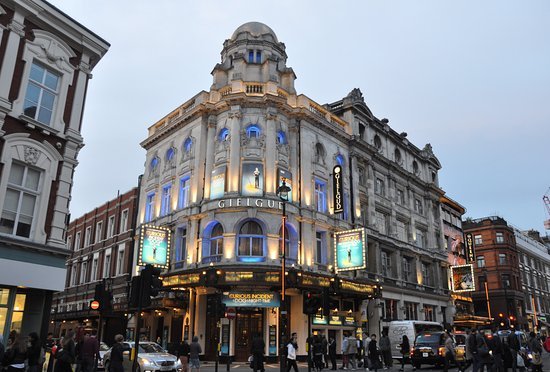 London’s West End theatre district is one of the most famous and iconic entertainment destinations in the world. Located in the heart of the city, the West End is home to over 40 theatres, ranging in size from small, intimate venues to large, historic theatres that have been around for over a century. In this article, we will take a look at the history and significance of London’s West End theatre district.
London’s West End theatre district is one of the most famous and iconic entertainment destinations in the world. Located in the heart of the city, the West End is home to over 40 theatres, ranging in size from small, intimate venues to large, historic theatres that have been around for over a century. In this article, we will take a look at the history and significance of London’s West End theatre district.
The History of the West End Theatre District
The history of the West End theatre district can be traced back to the 17th century, when the first public theatres began to emerge in London. At the time, theatre performances were not regulated, and most shows took place in makeshift venues such as taverns and courtyards. If you are looking for a companion during your historical trip to the city, you can contact one of the reputed agencies to hire some beautiful London escorts who can add to your experience.
It wasn’t until the 18th century that theatre performances began to move indoors, and the first dedicated theatre buildings began to be constructed. The Theatre Royal, Covent Garden, which opened in 1732, was one of the first purpose-built theatres in London and became a major attraction for both locals and visitors.
Over the next century, more and more theatres were built in the West End, including some of the most famous and historic theatres in the district, such as the Lyceum Theatre, the Savoy Theatre, and the Palace Theatre.
The Significance of the West End Theatre District
The West End theatre district is significant for several reasons. First and foremost, it is a cultural hub that has played a vital role in the development of theatre and performing arts in the United Kingdom. Many of the most important and influential productions in British theatre history have premiered in the West End, and the district has been home to some of the most renowned actors, playwrights, and directors of all time.
In addition to its cultural significance, the West End is also an important economic and tourist destination. The district attracts millions of visitors each year, generating billions of pounds in revenue for the UK economy. The West End is also a major employer, providing jobs for thousands of actors, stagehands, technicians, and other theatre professionals.
The West End Today
Today, the West End theatre district continues to thrive, with new productions and revivals of classic plays and musicals opening all the time. The district is also home to a wide range of theatres, ranging from small, independent venues to large, historic theatres that have been around for over a century.
One of the most significant developments in the West End in recent years has been the rise of immersive theatre experiences. These productions blur the lines between performer and audience, and often take place in unconventional settings such as abandoned warehouses or disused railway tunnels. They offer a new and exciting way for theatregoers to experience live performance and have been hugely popular in the West End and beyond.
Conclusion
The West End theatre district is a vital part of London’s cultural and economic landscape. Its history and significance can be traced back centuries, and it has played a central role in the development of theatre and performing arts in the United Kingdom. Today, the district continues to thrive, with new productions and immersive theatre experiences attracting millions of visitors each year. Whether you are a theatre lover or simply looking for a night out in one of the world’s most vibrant cities, London’s West End is a destination not to be missed.